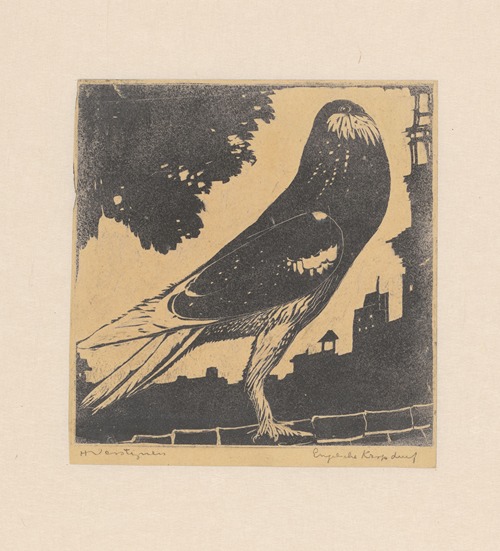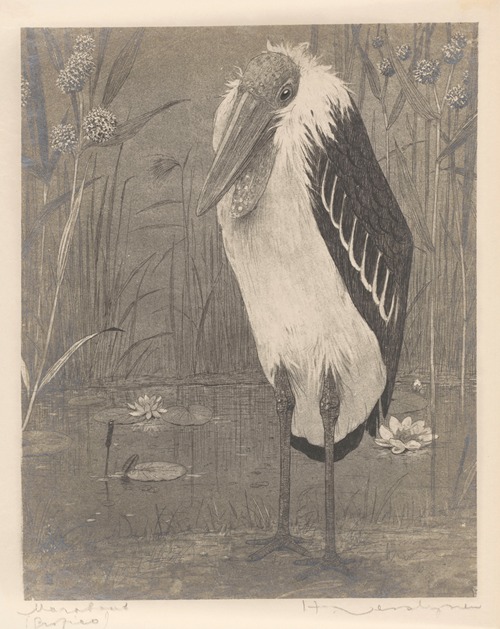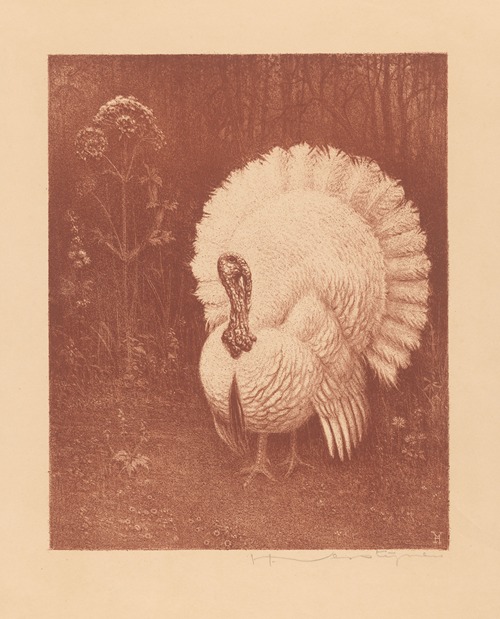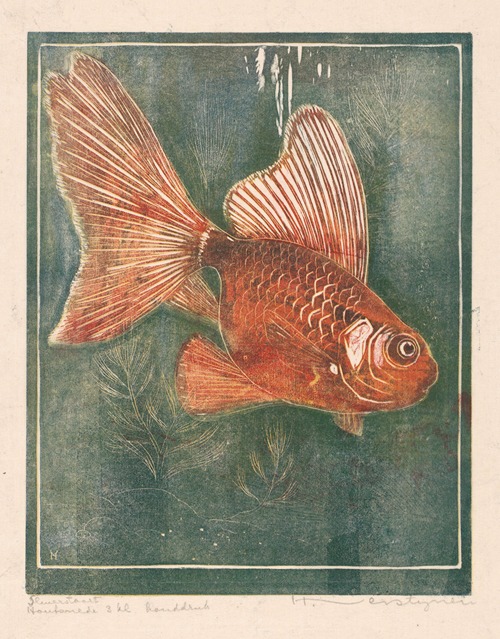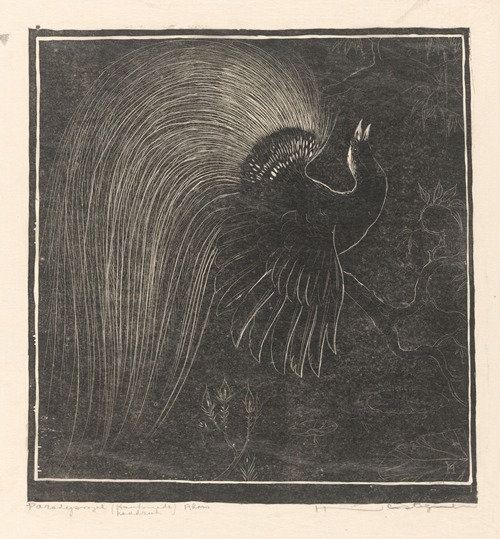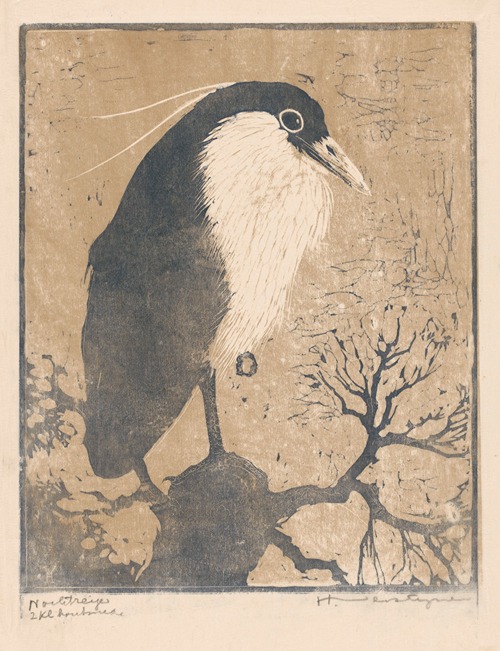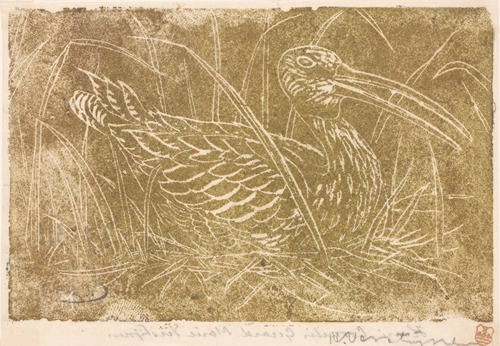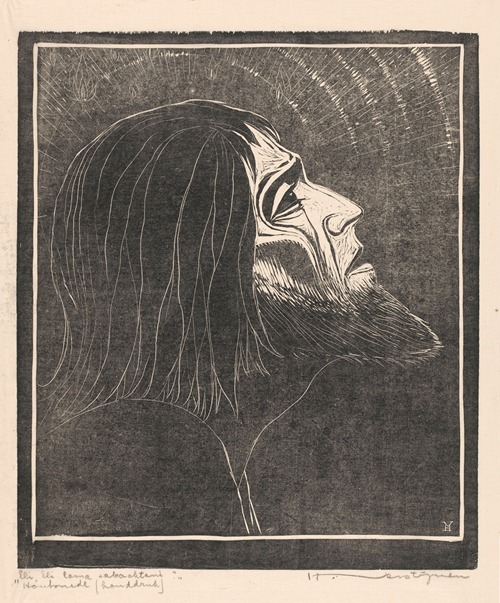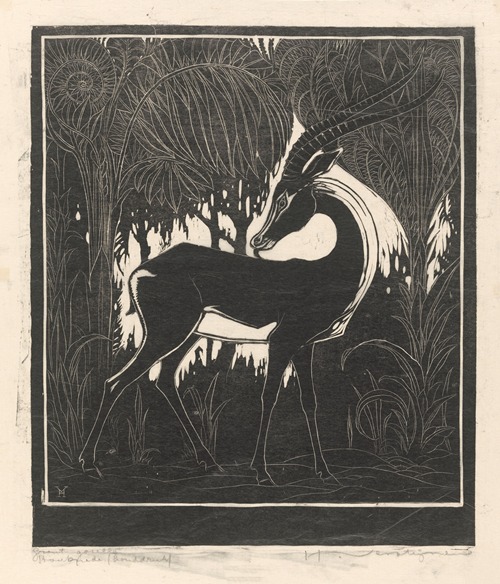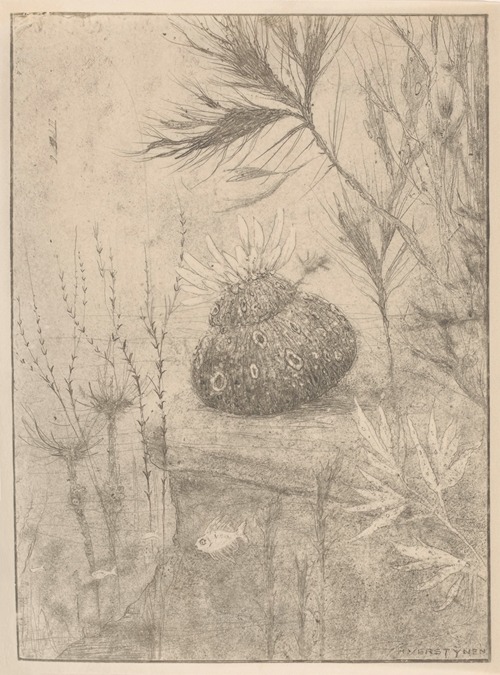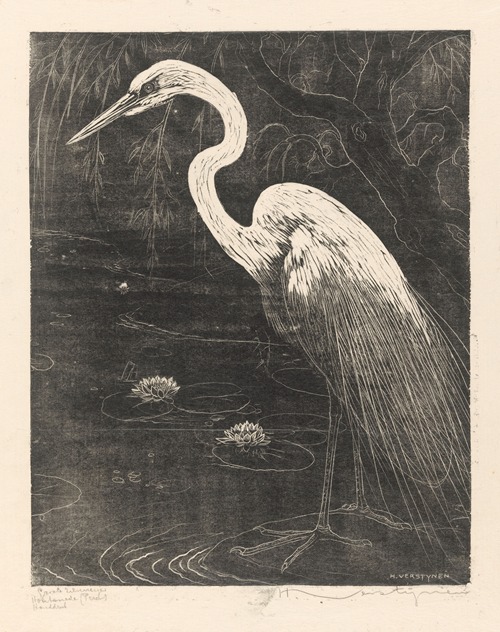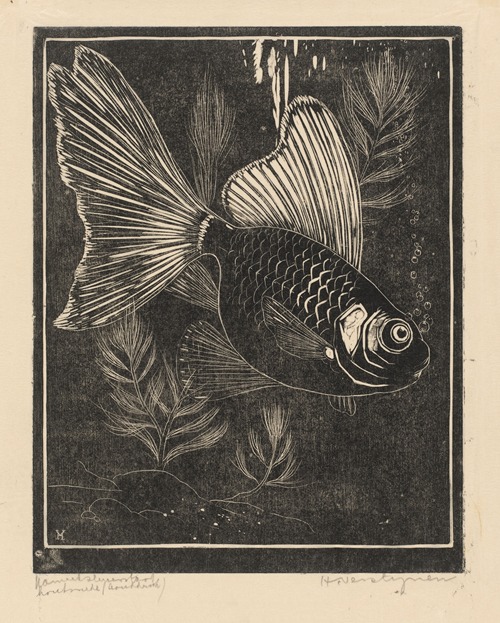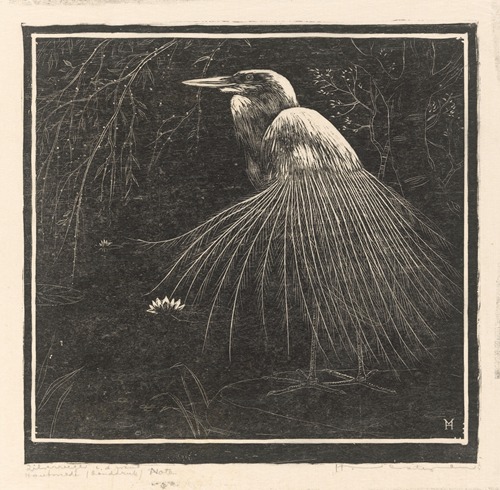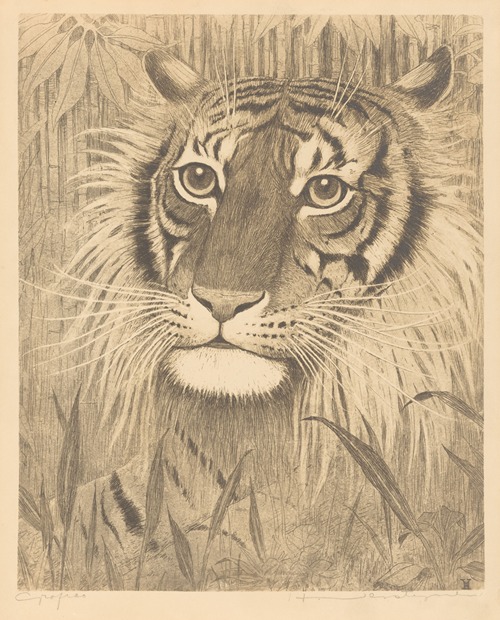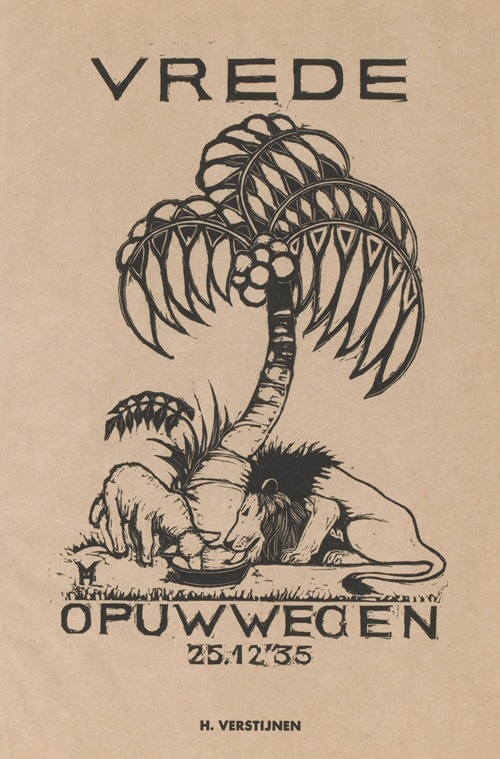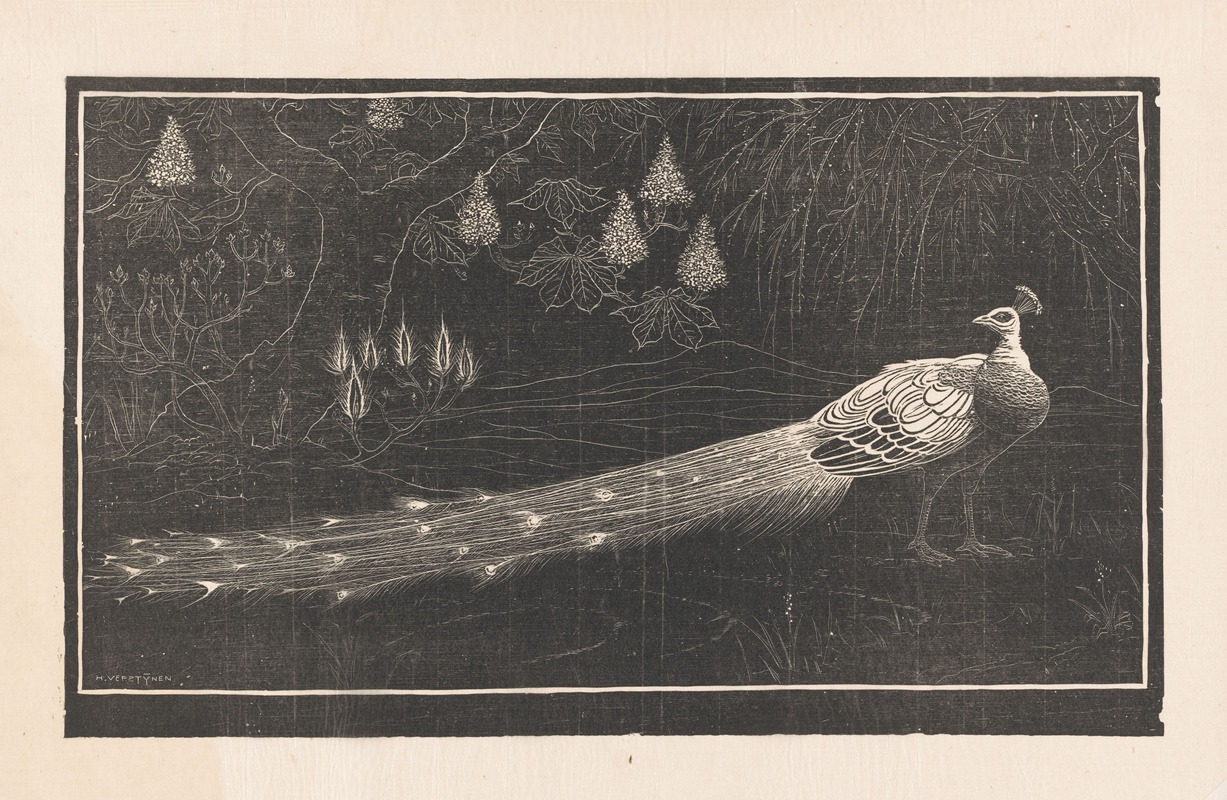
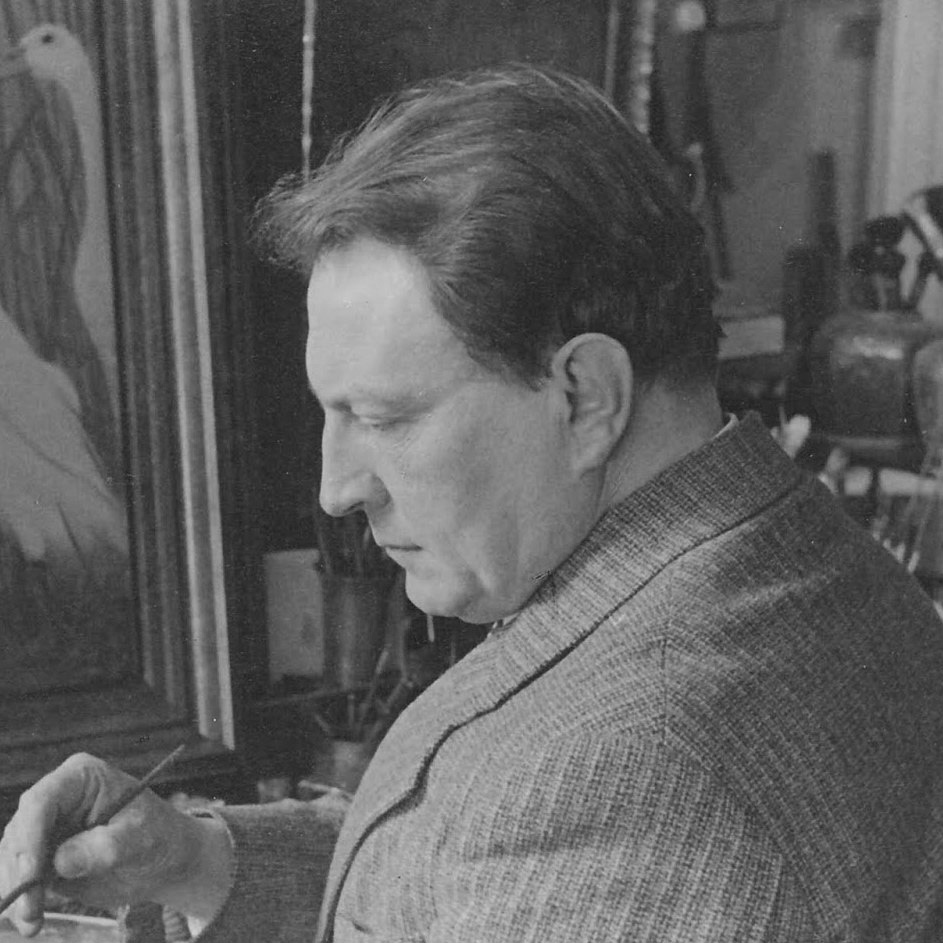
Henri Cornelis Gerard Marie Verstijnen was a Dutch visual artist. He worked as a draftsman, graphic artist, illustrator, painter and sculptor. Nature and the animal kingdom are the usual themes of his work, with an emphasis on birds and fish.
Verstijnen spent the first ten years of his life on Java, and some of his work still reflects these tropical influences.
He trained between 1898 and 1900 at the academy of the 'Kunstoefening' society in Arnhem. In 1900 he started as a pottery painter at the Zuid-Holland ceramics factory in Gouda. In the period 1904-1906 he worked as a designer in the ceramics and metal industry in Bohemia, and after returning to the Netherlands he worked as a designer at the Société Céramique in Maastricht.
From 1918 to 1940 he worked in The Hague. He was an active member of the Haagse Kunstkring and the Pulchri Studio Society of Painters, where he exhibited his paintings and watercolors. He became known to a wider audience through his animal cartoons in De Nieuwe Amsterdammer (1910-1920) and De Groene Amsterdammer (1923-1927). In De Groene Amsterdammer, his cartoons were accompanied by poems written by the writer Charivarius (the pseudonym of G.J. Nolst Trenité).
Verstijnen was also active as an illustrator of children's and school books, and as an advertising designer. He also designed cards and calendars, often with animal scenes.
Verstijnen was able to realize special color effects through a self-developed graphic process that he called 'grafico'. The technique would have been a combination of lithography and etching, but Verstijnen left little information about it.
Nature and animals, especially birds and fish, are recurring themes in Verstijnen's work. He was a member of the Theosophical Society from 1910; the ideas of this movement influenced his work. Stylistically, he can still be categorized as belonging to the fin de siècle. Elements of Japonism, Art Nouveau and Symbolism are also recognizable in his work.
